"Discover the significance of Wide Dynamic Range (WDR) technology in security cameras with CCTV-MALL's latest insight. Learn how WDR balances brightness in high-contrast scenes, ensuring clear images even in challenging lighting conditions. Explore the workings of True WDR and Digital WDR, along with alternative solutions like Backlight Compensation (BLC) and Highlight Compensation (HLC). Optimize your surveillance system's performance and image quality with WDR technology from CCTV-MALL."
As a leading provider of video surveillance system solutions, CCTV-MALL introduces an essential concept in the realm of security cameras: Wide Dynamic Range (WDR). Imagine you need to install a camera in a lobby flooded with natural light from large windows, making it challenging to capture clear images of individuals entering and exiting the premises. This is where WDR technology comes into play.
What WDR Does
Dynamic range, crucial in video surveillance, measures the ratio between the lightest and darkest elements of an image. WDR technology excels in high-contrast scenes by balancing brightness and shaded areas simultaneously, ensuring that images neither appear overexposed nor too dark. WDR is typically measured in decibels (dB), with values exceeding 60 dB considered effective. However, it's essential to note that manufacturers may employ varying methods to determine a camera's dB ratio.
How WDR Works
Security cameras equipped with WDR utilize either Digital WDR (DWDR) or True WDR. True WDR employs image sensors and a digital signal processor (DSP) to provide even illumination across all areas of an image. This technology captures two scans of each video frame, combining them to produce a single, well-illuminated image. On the other hand, DWDR relies on algorithms to digitally adjust exposure in too-dark or too-bright areas, offering a more cost-effective option without the need for specialized image sensors.
When You Don’t Have WDR
In scenarios without WDR, Backlight Compensation (BLC) and Highlight Compensation (HLC) offer alternative solutions. BLC brightens the entire image to improve visibility in high-contrast scenes, while HLC suppresses bright light sources to enhance overall image quality in dimly-lit environments.
Conclusion
While WDR technology provides invaluable benefits in capturing clear and balanced images, its effectiveness may vary depending on scene complexity and movement. To ensure the optimal choice for any application, it's essential to conduct thorough testing to meet the customer's needs and expectations. As CCTV-MALL continues to innovate, understanding WDR remains fundamental in enhancing security camera performance and image quality.









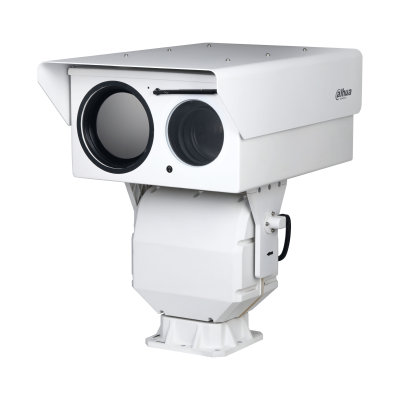
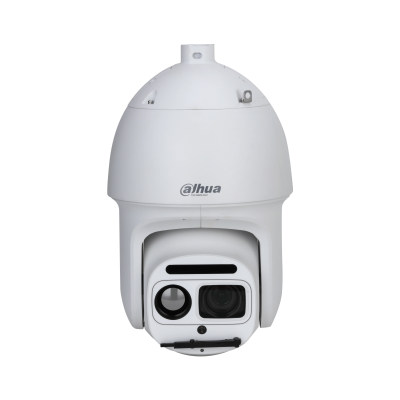
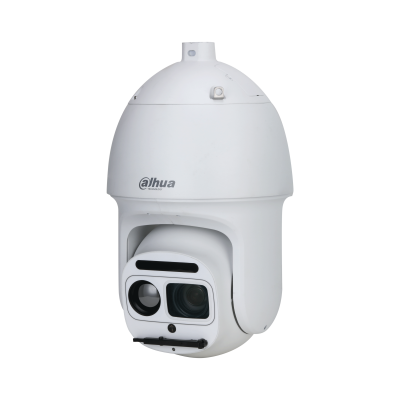
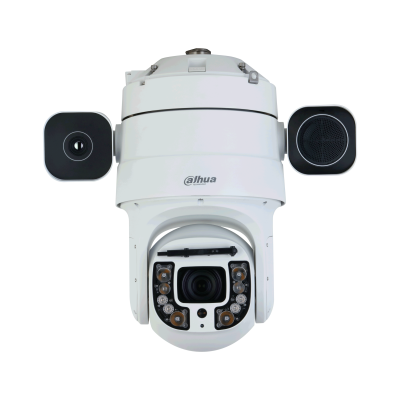
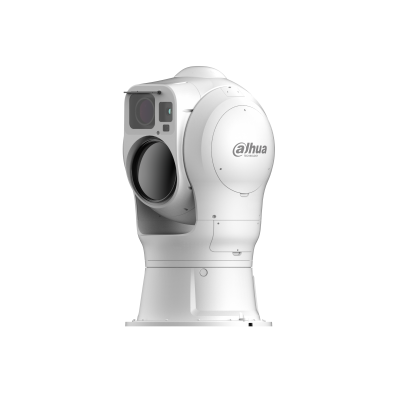
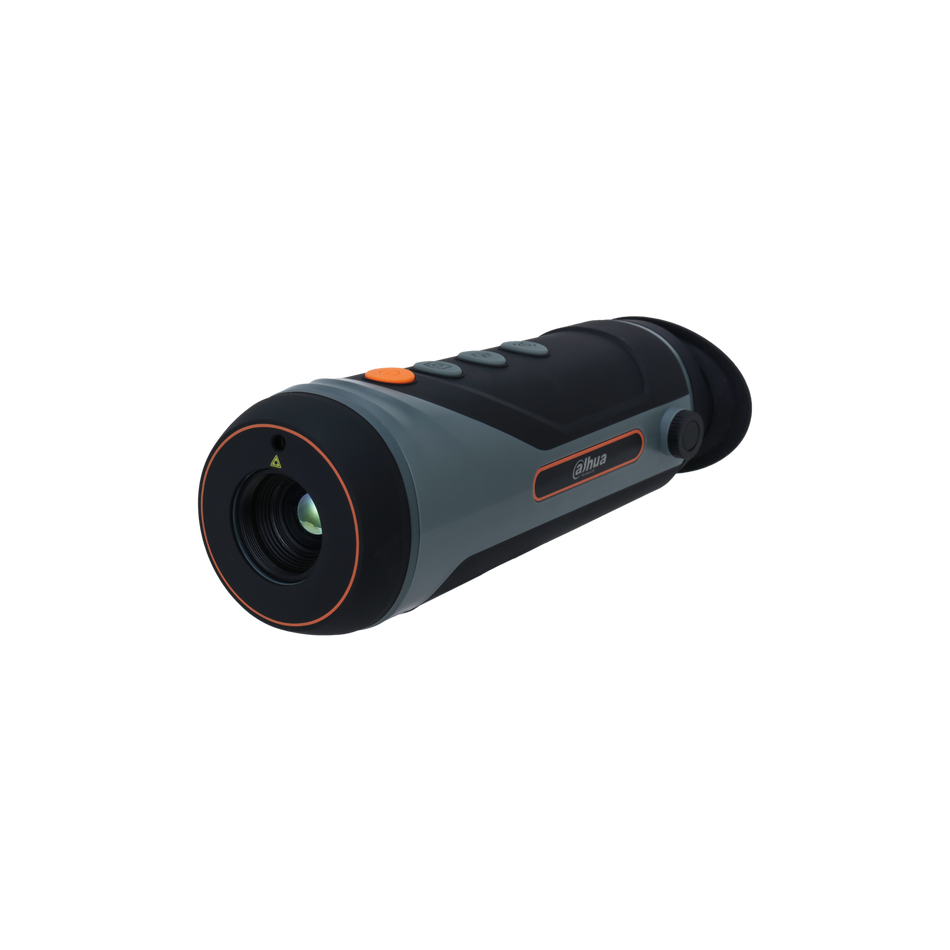
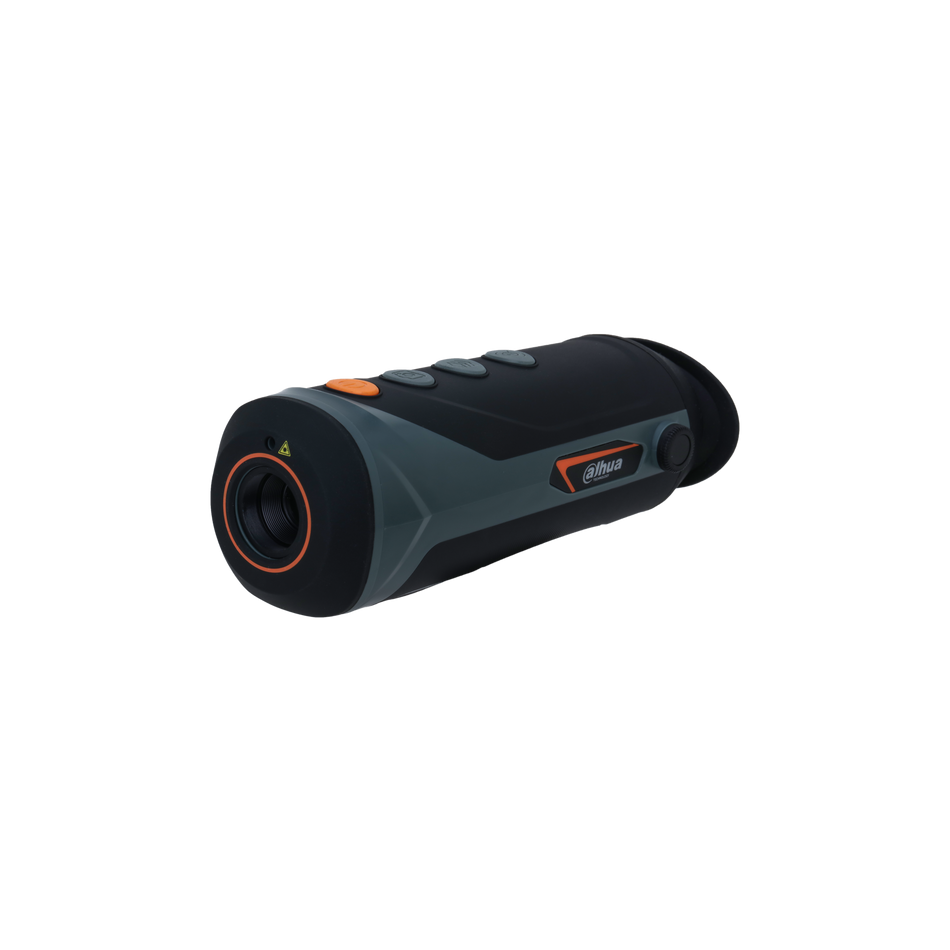
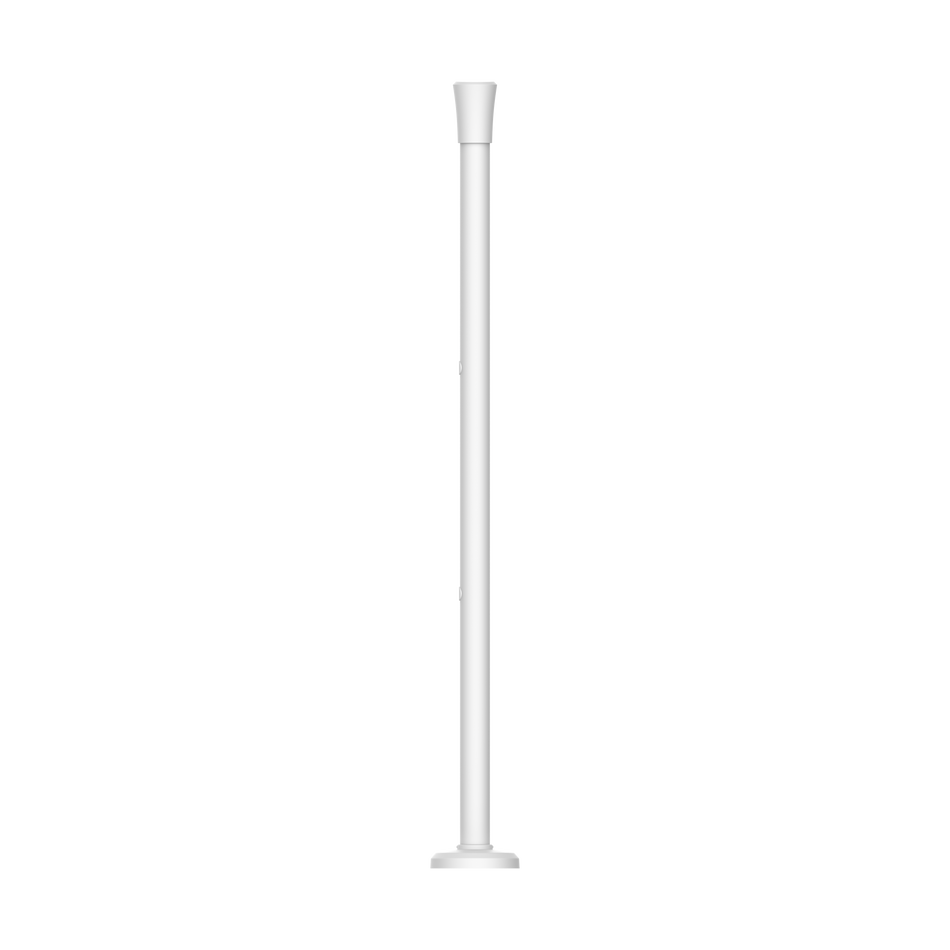
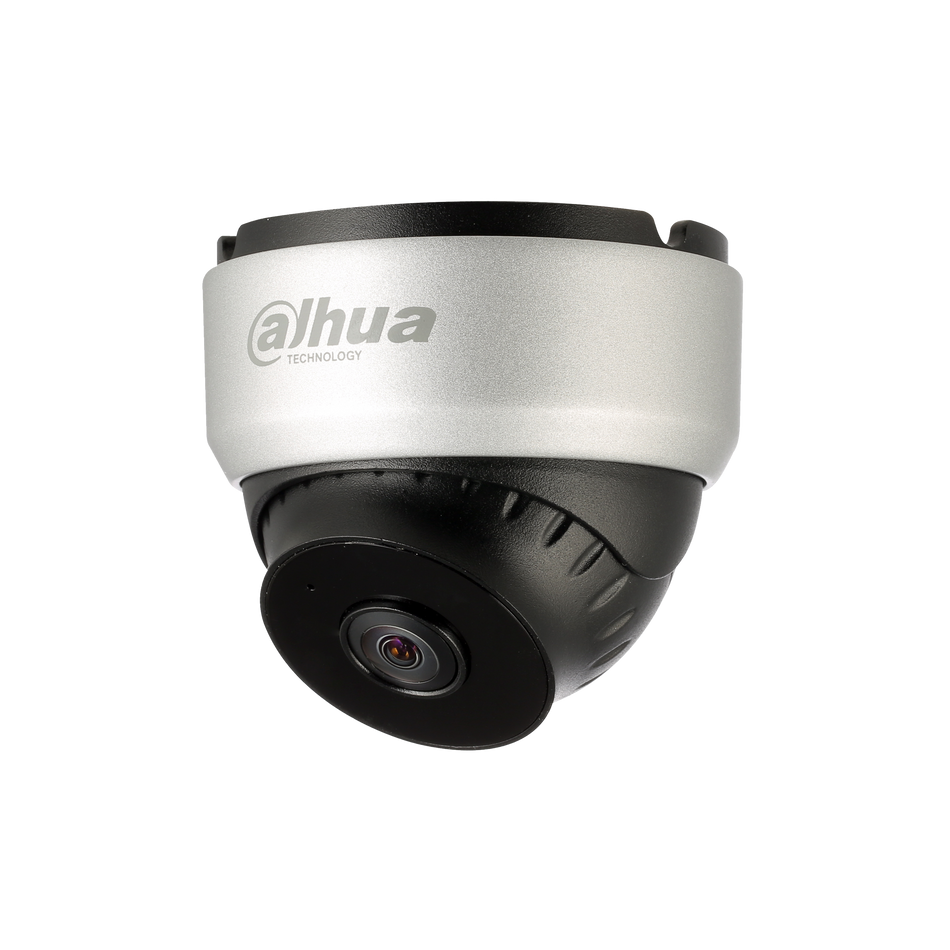
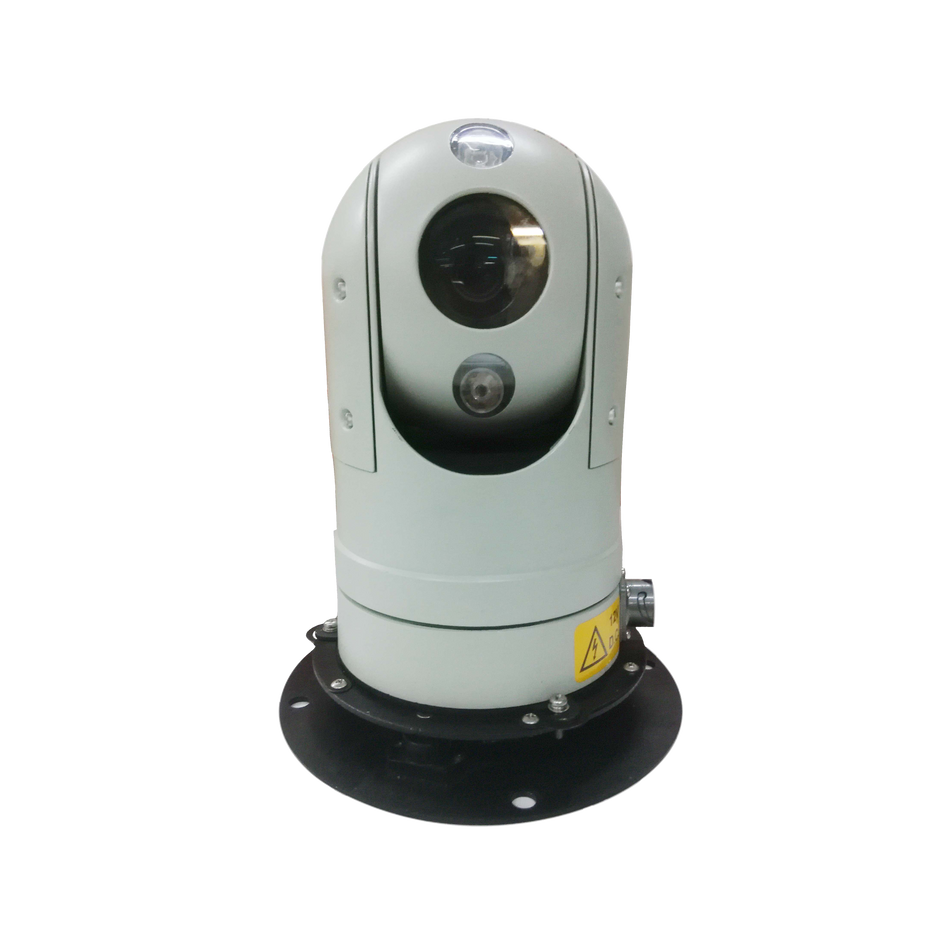
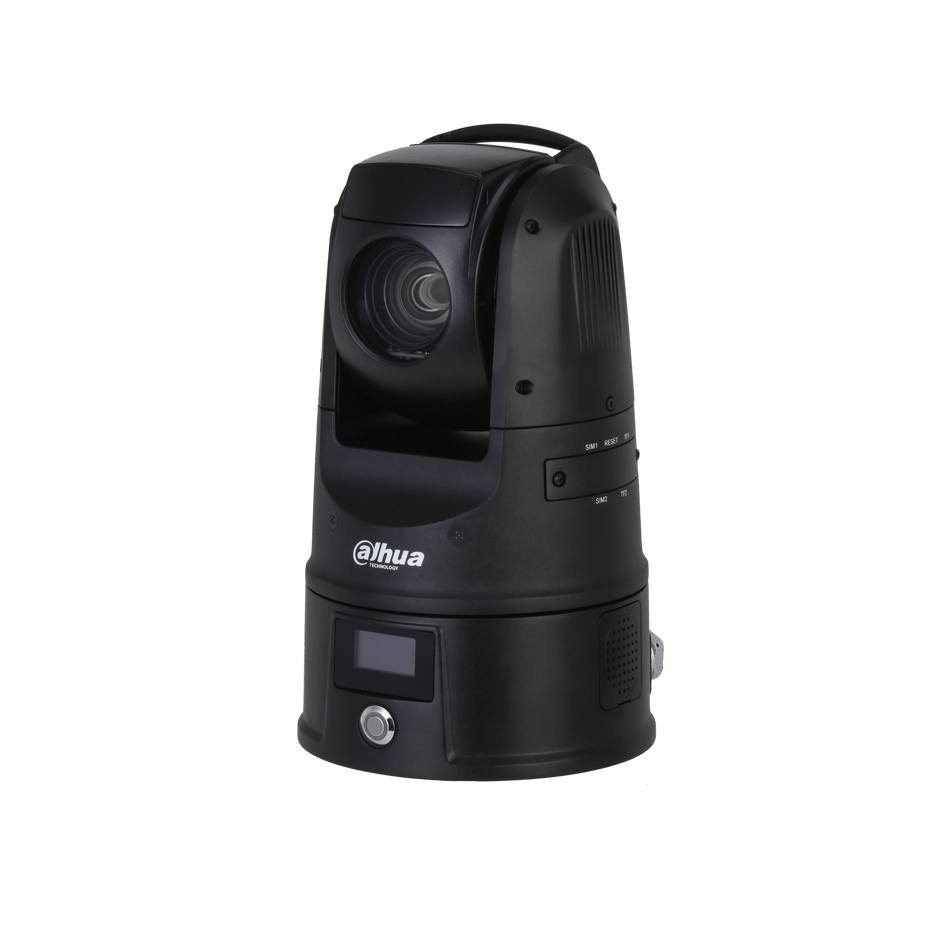
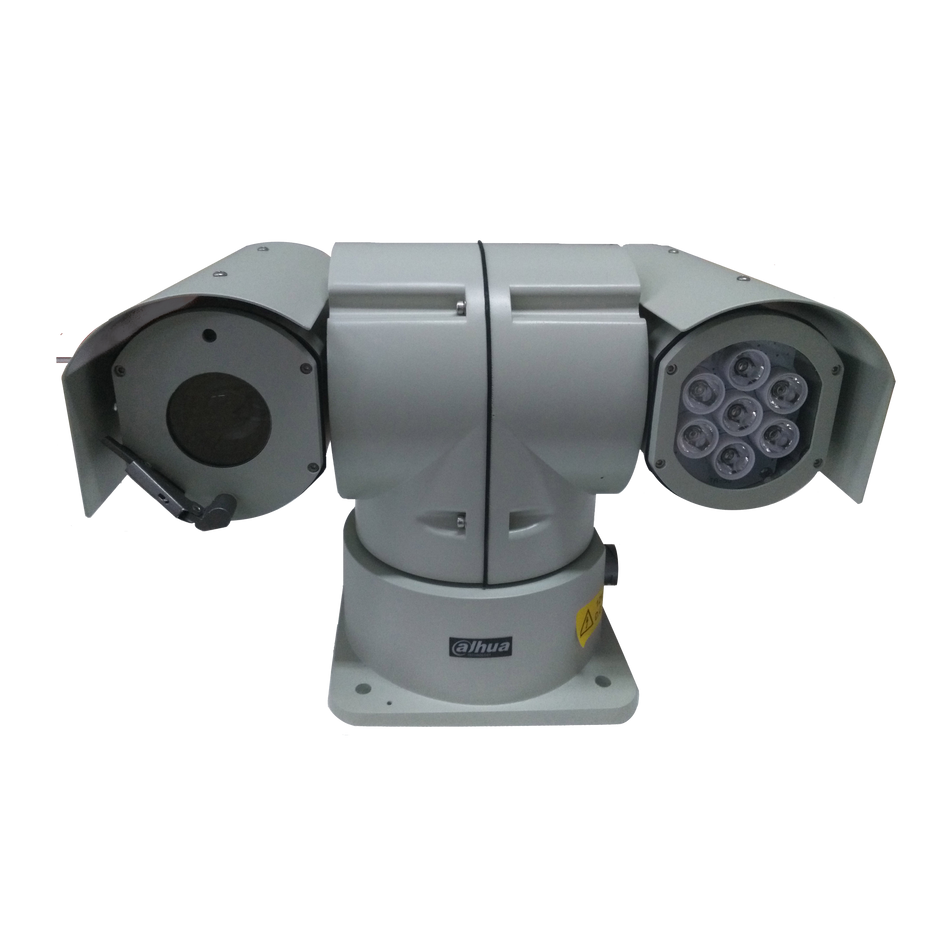

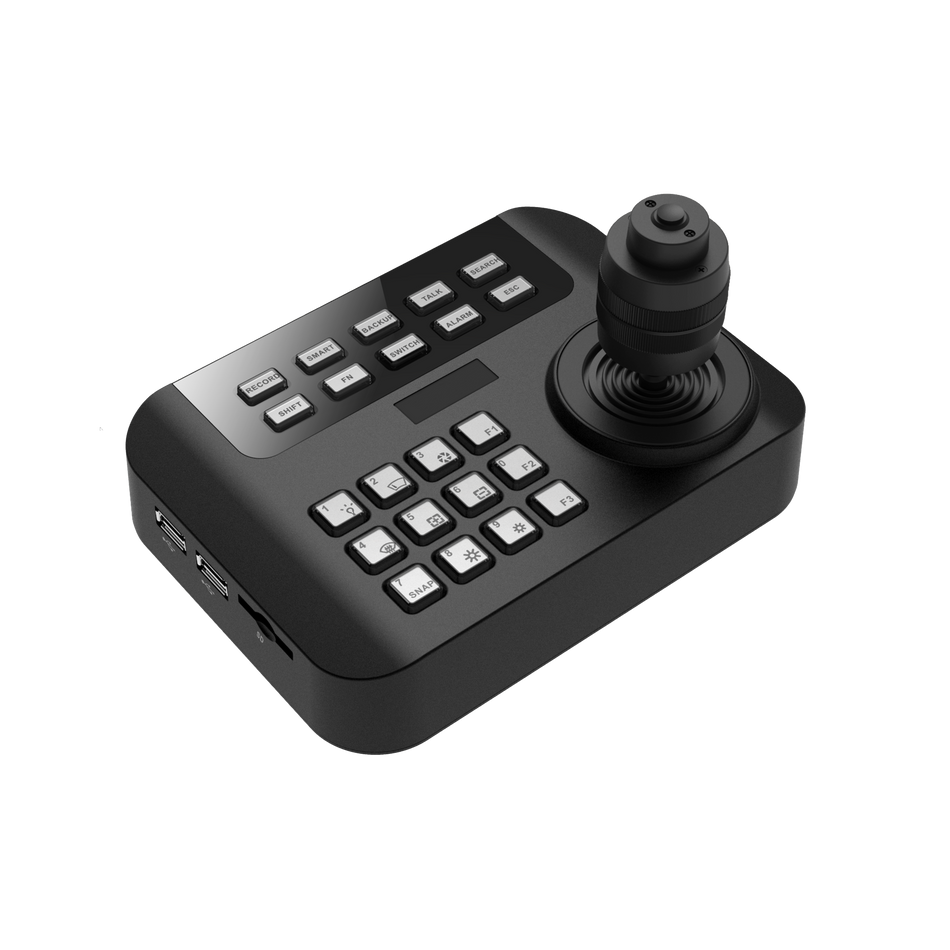
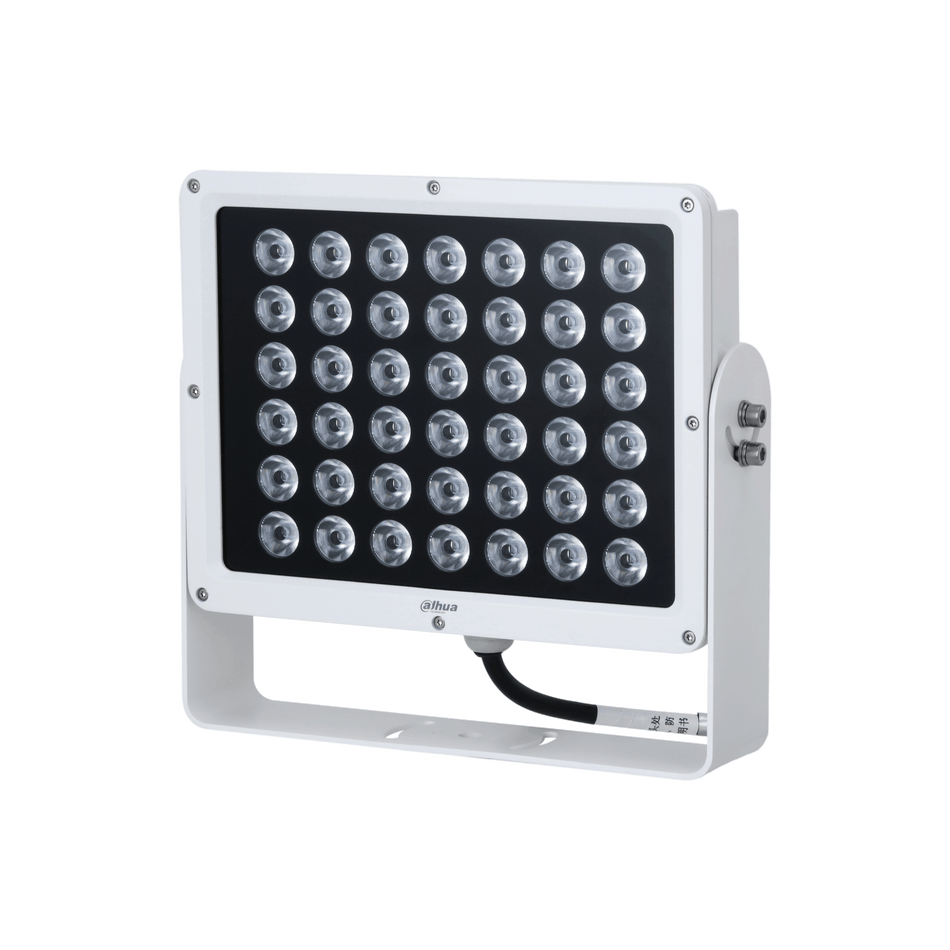
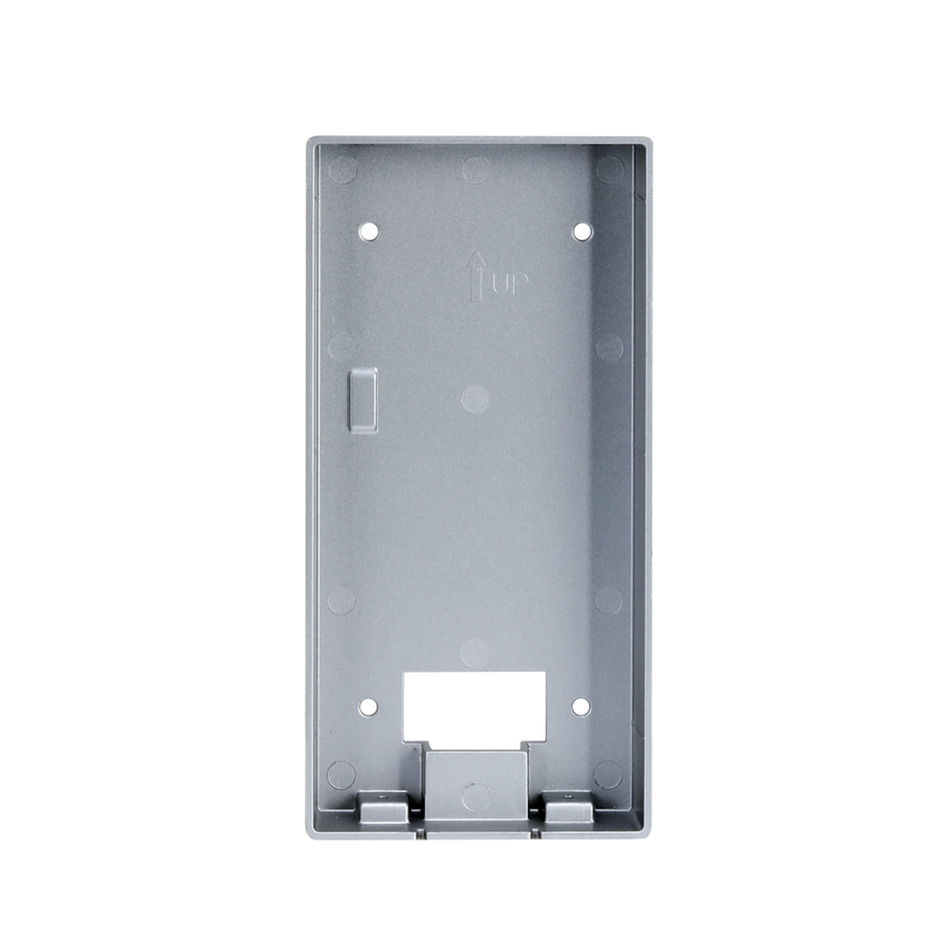
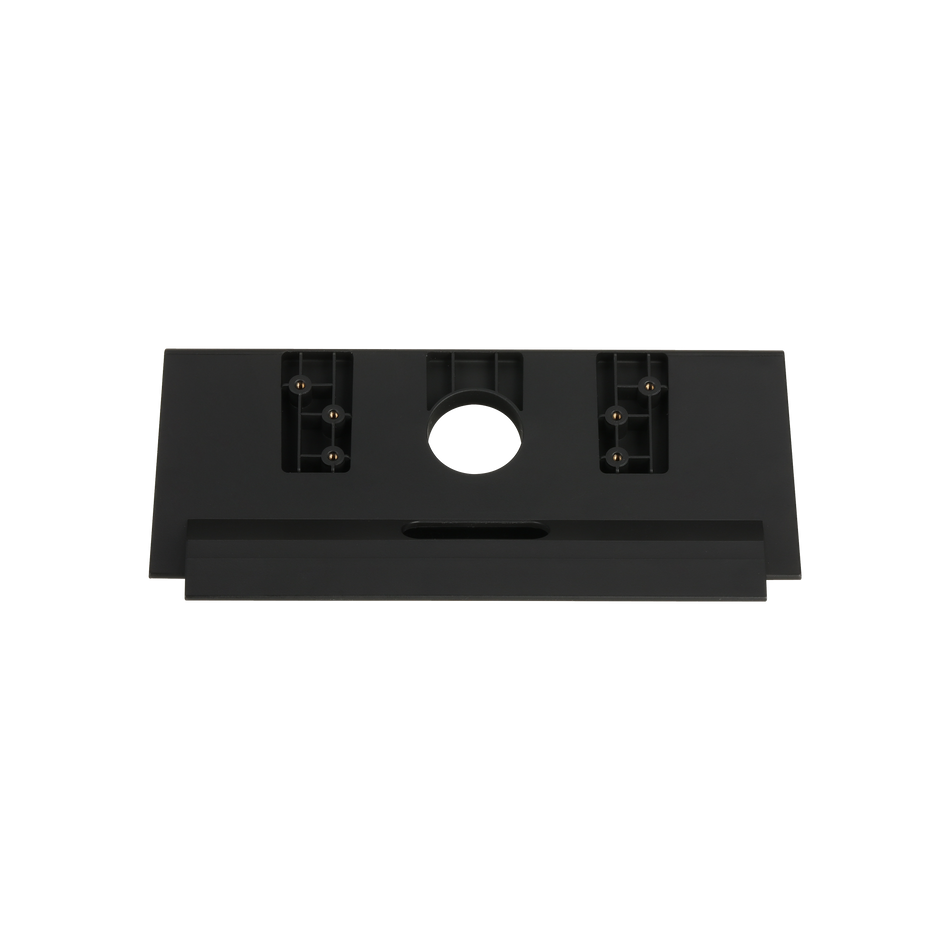
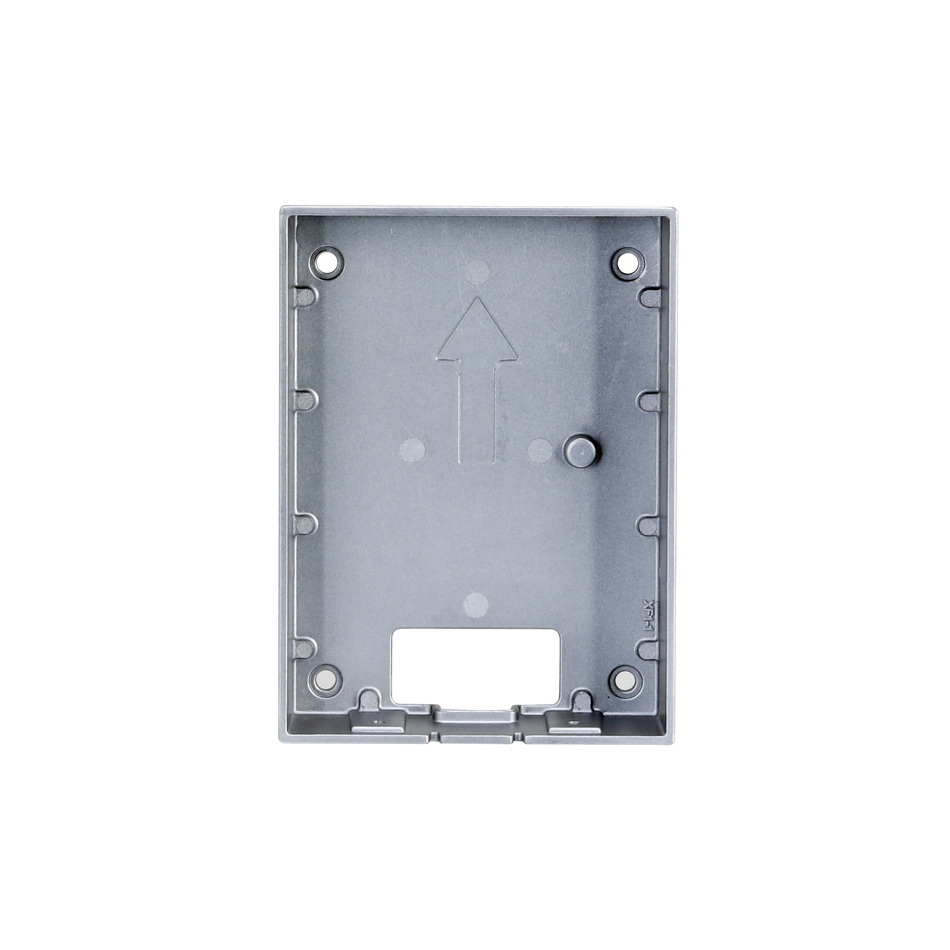





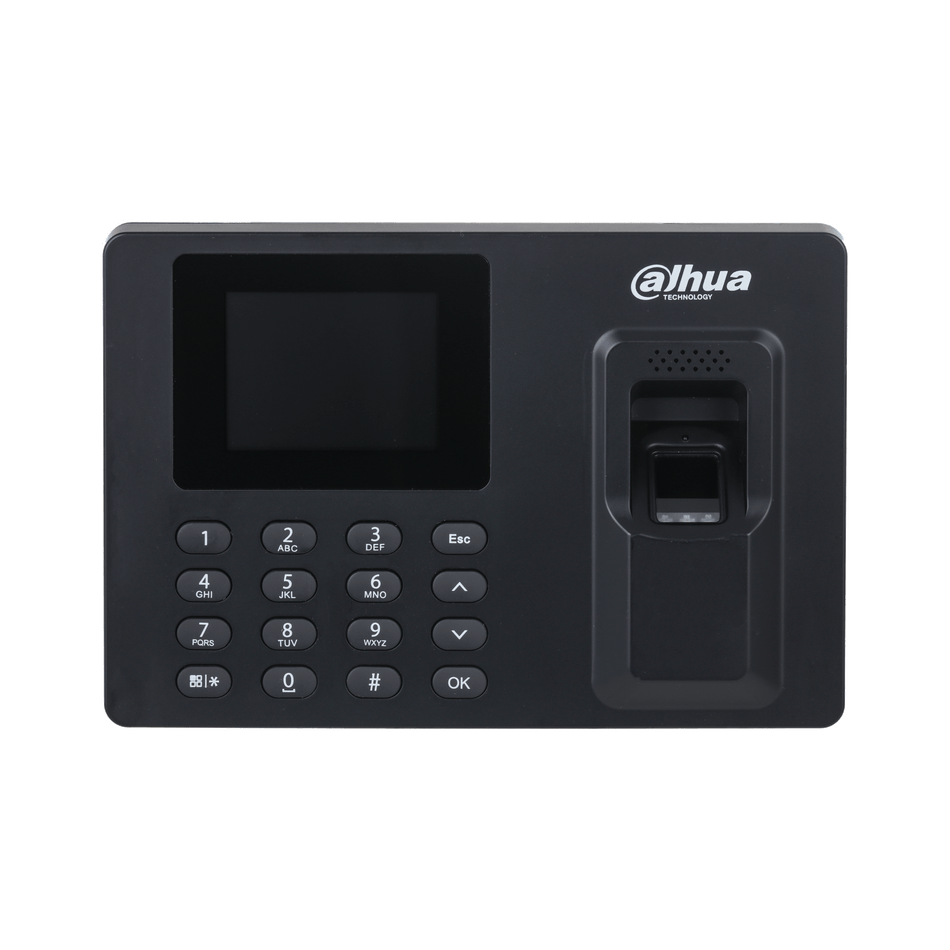

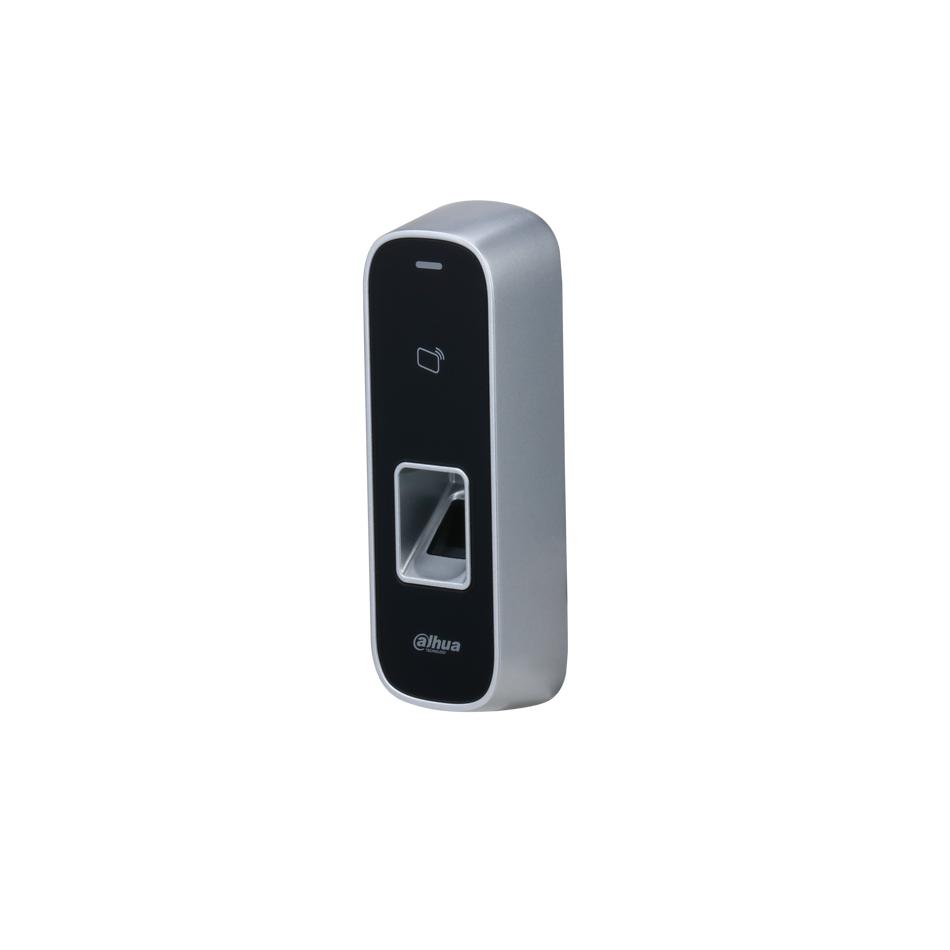
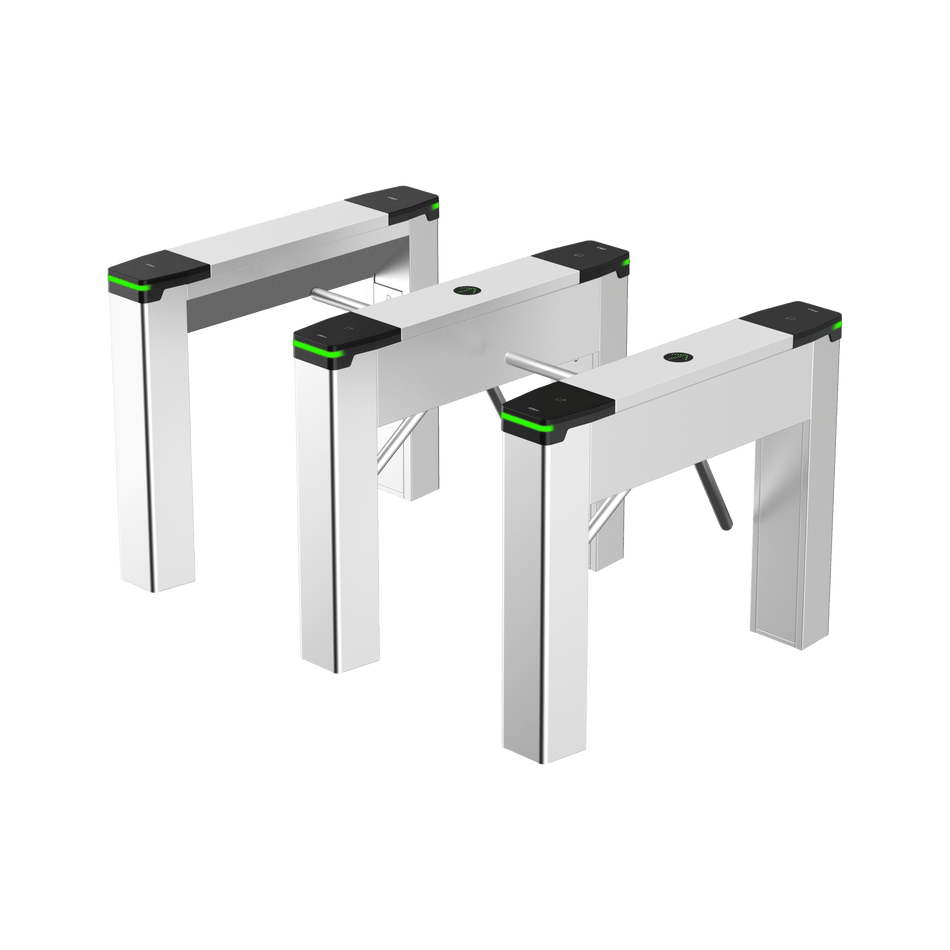
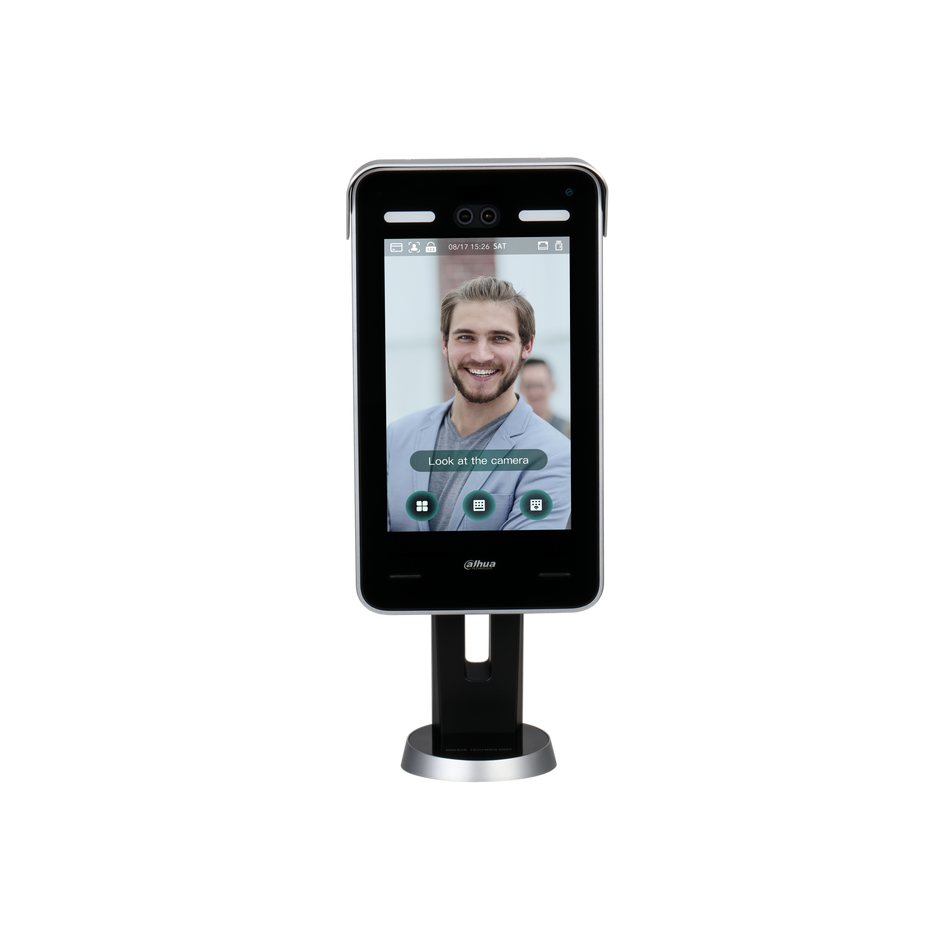


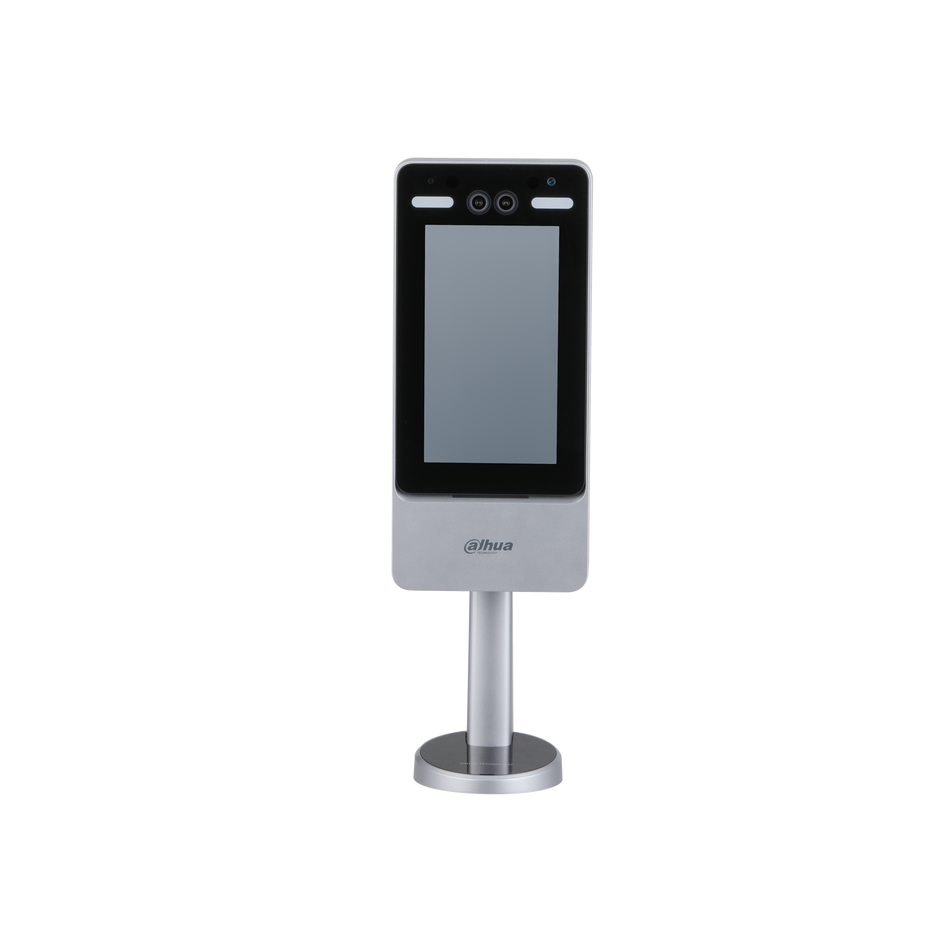
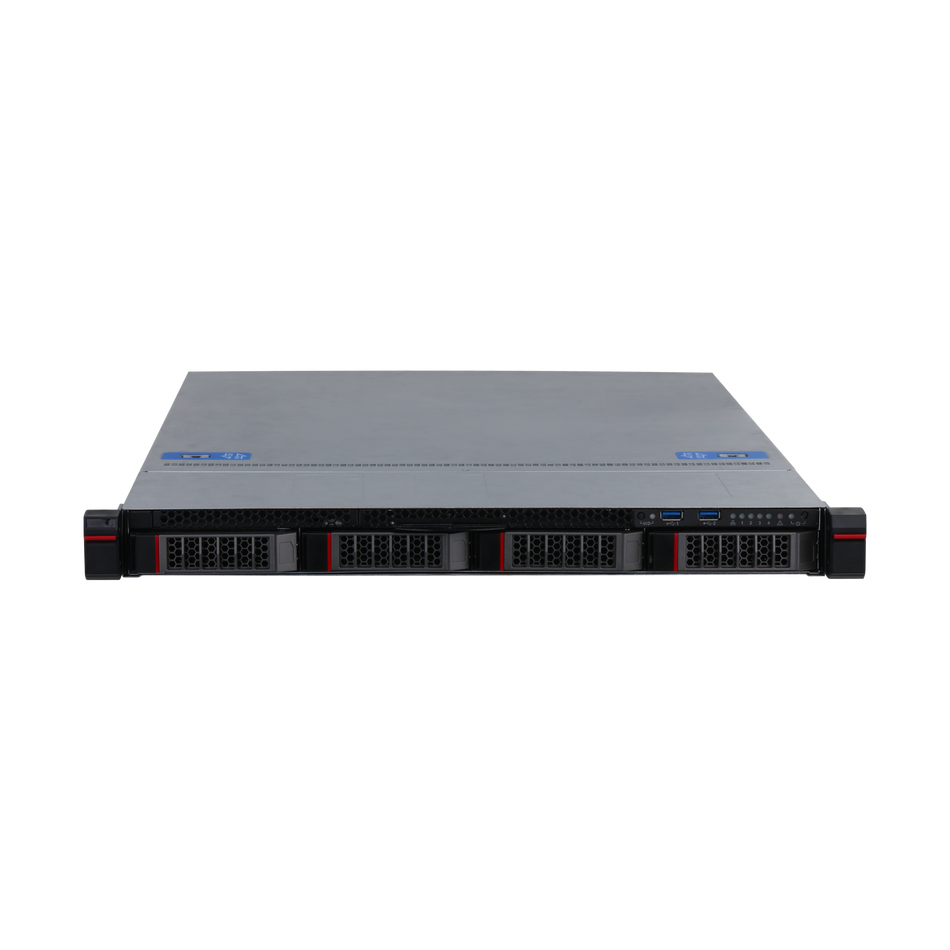
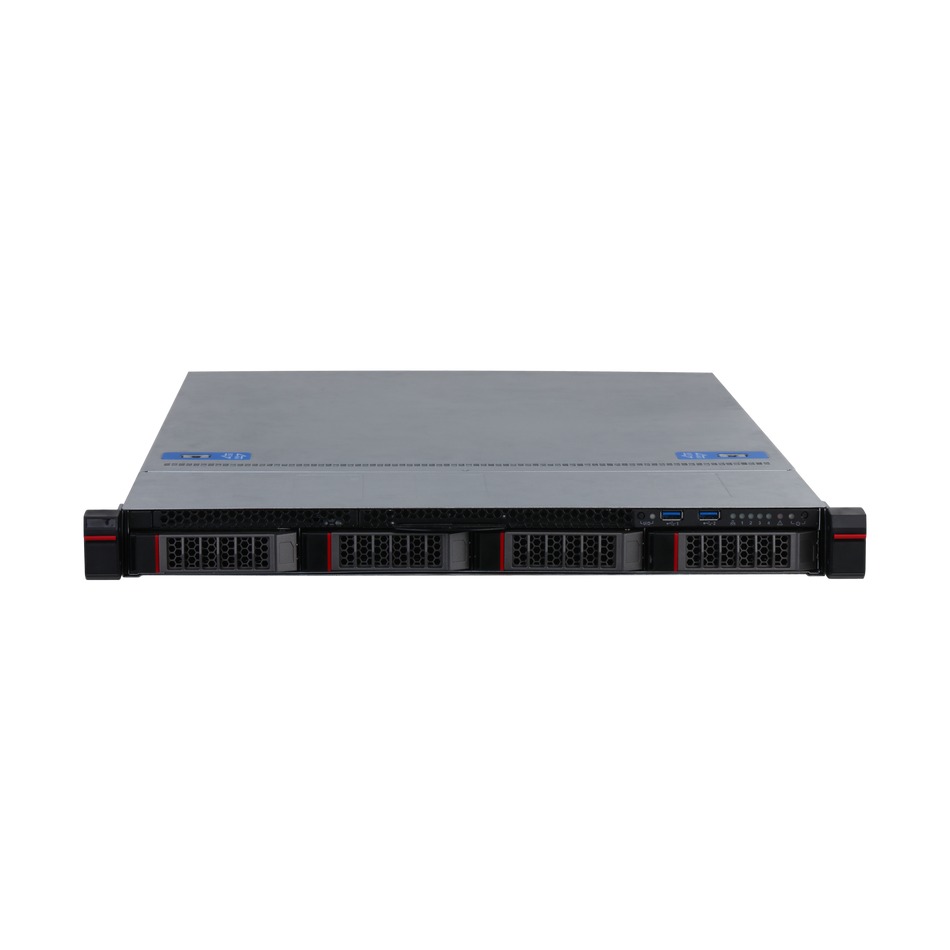
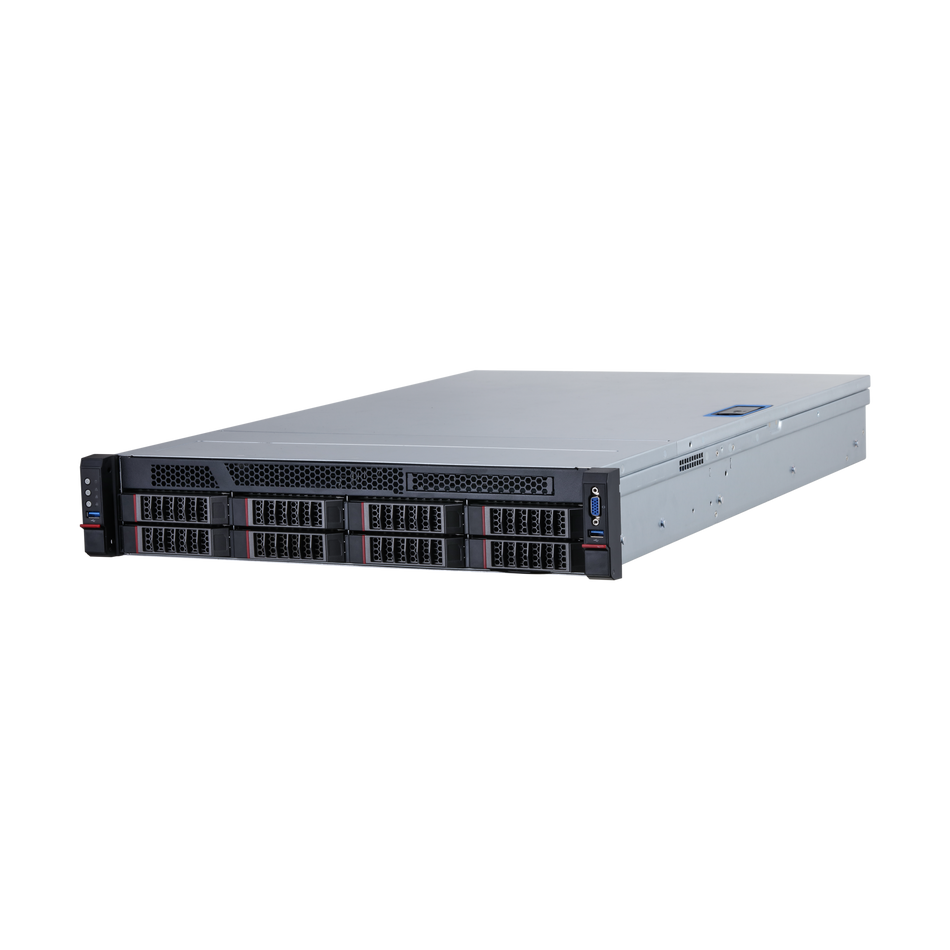
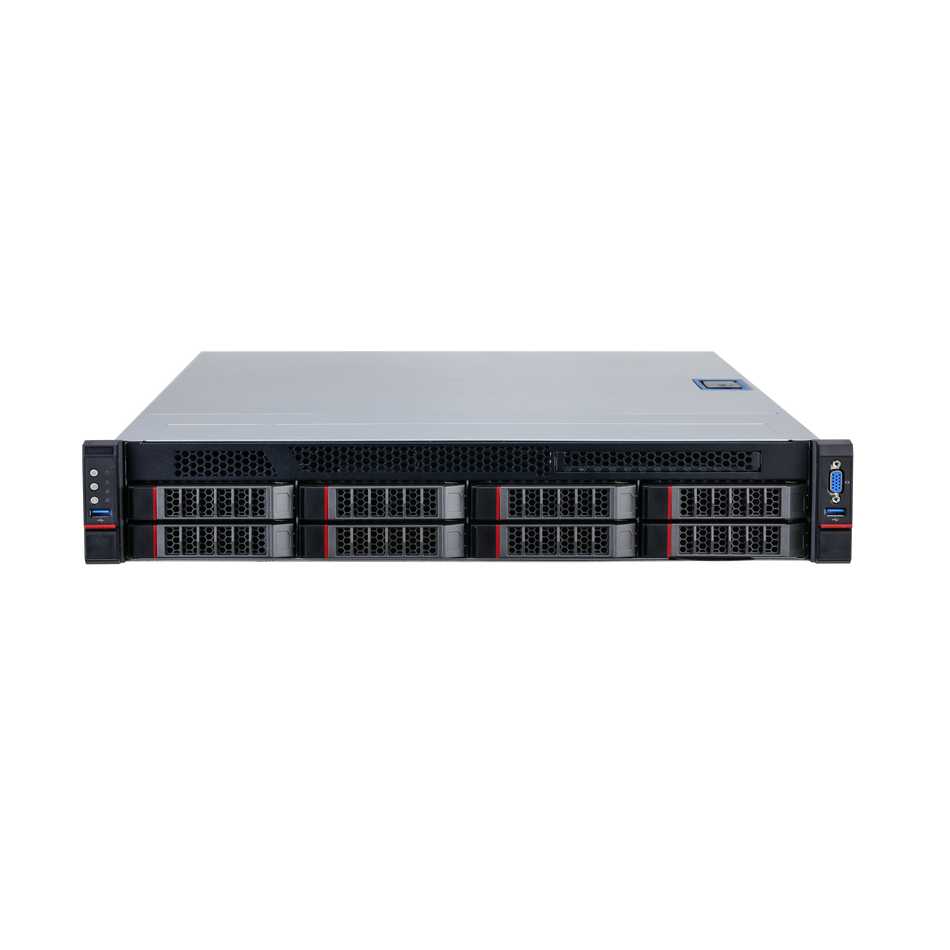
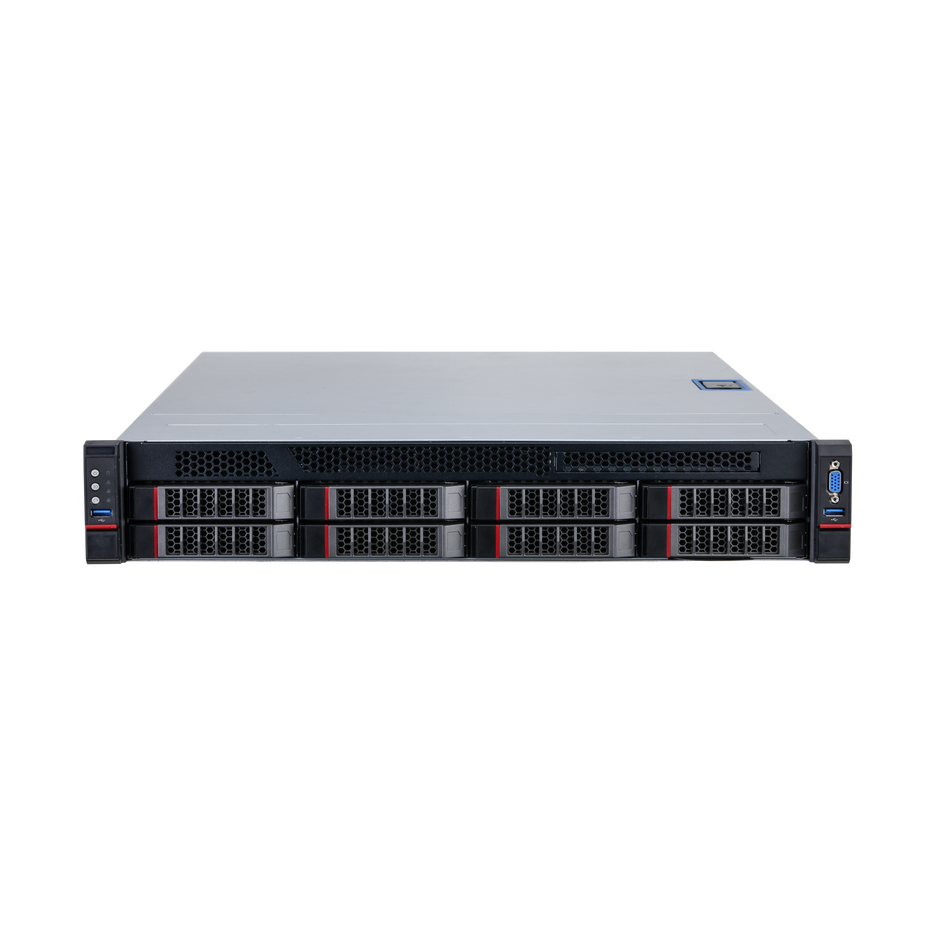
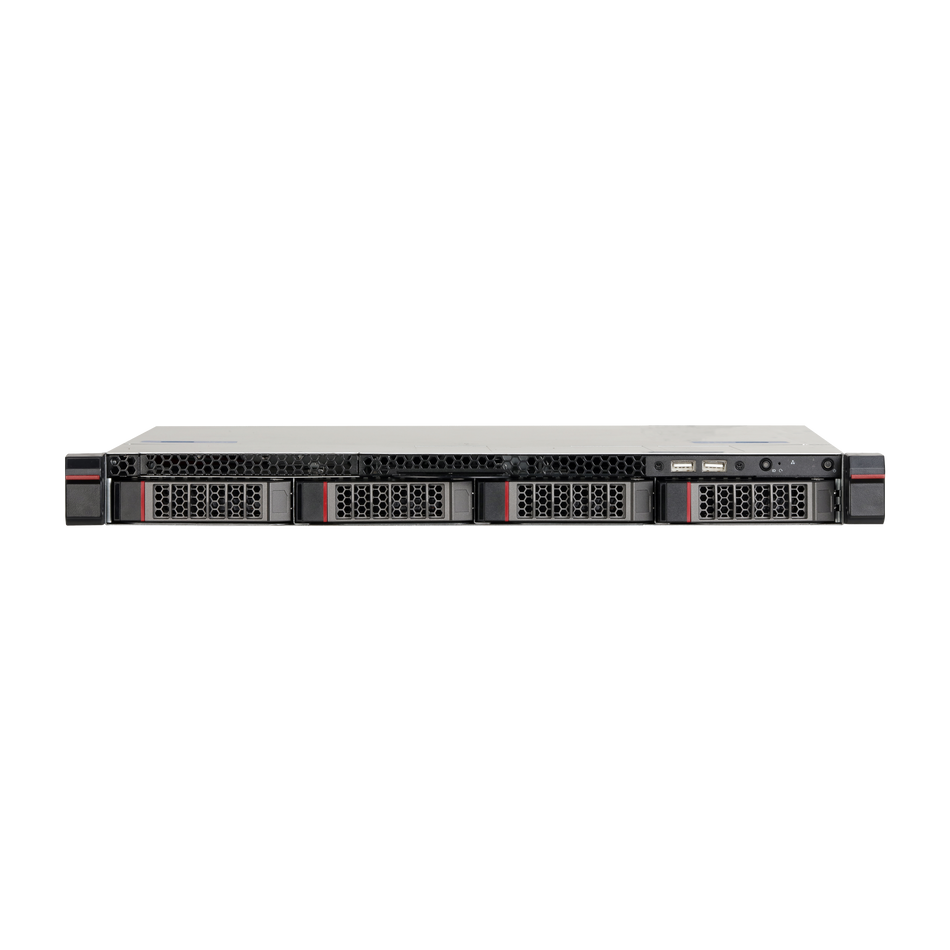
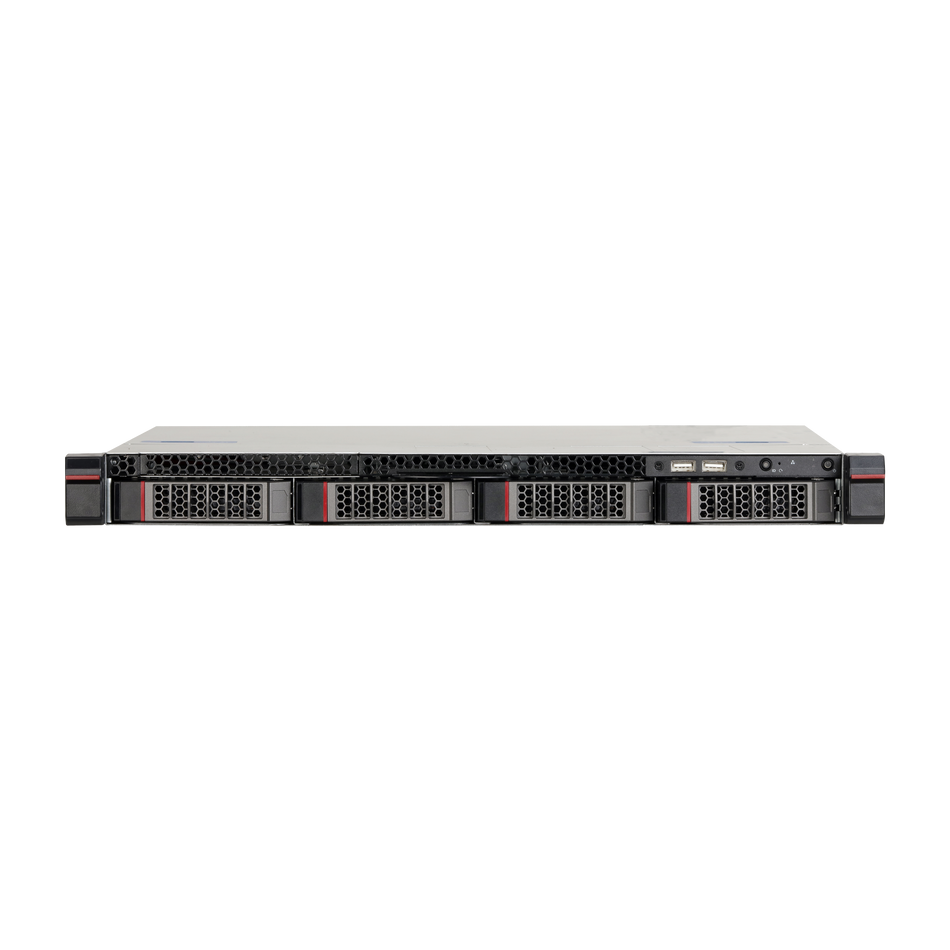
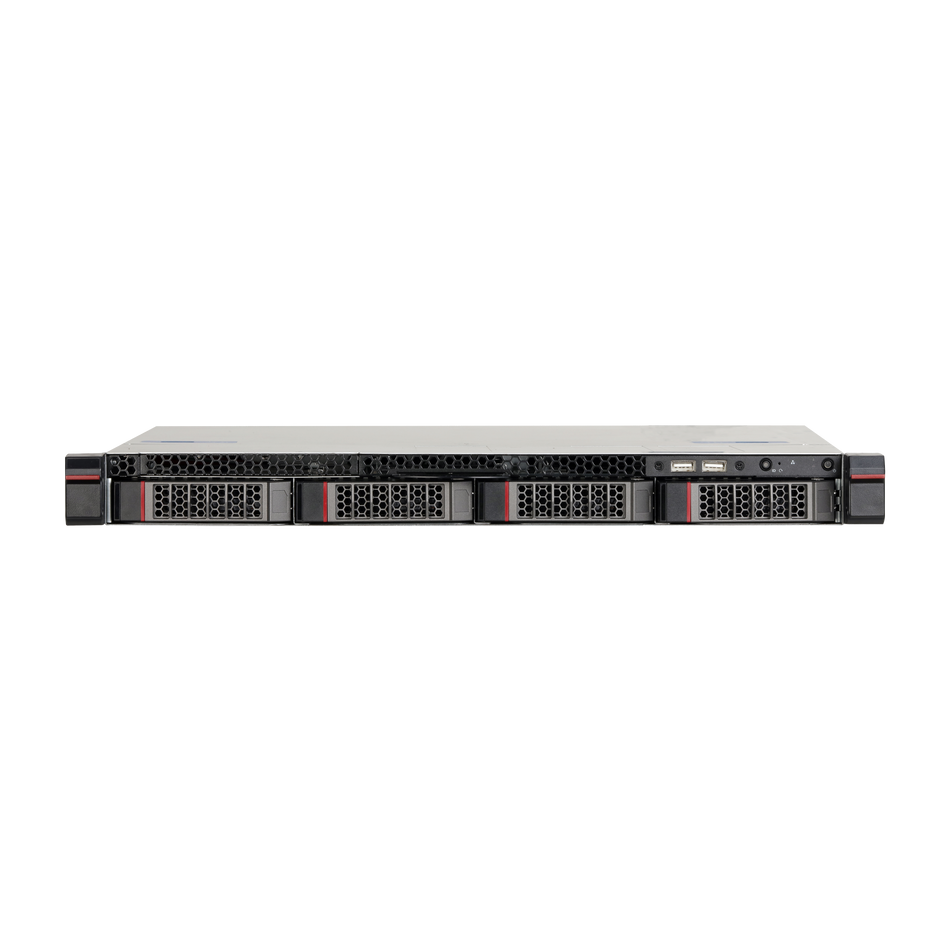
 العربية
العربية Dansk
Dansk English
English Suomi
Suomi Français
Français Deutsch
Deutsch Italiano
Italiano 日本語
日本語 Norsk bokmål
Norsk bokmål Português
Português Español
Español Svenska
Svenska